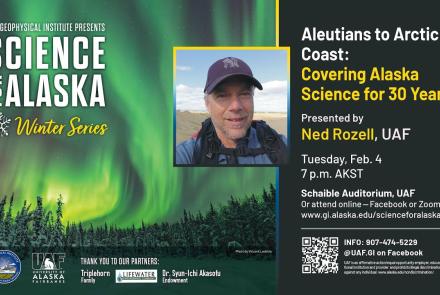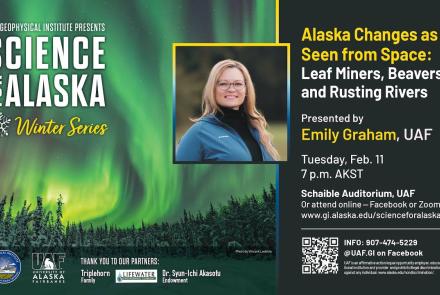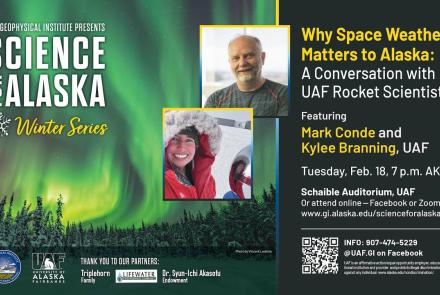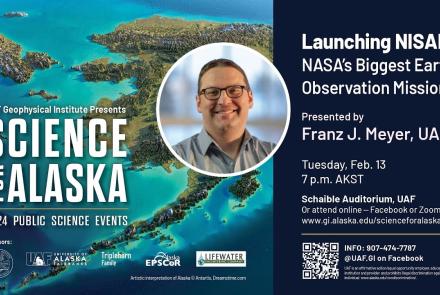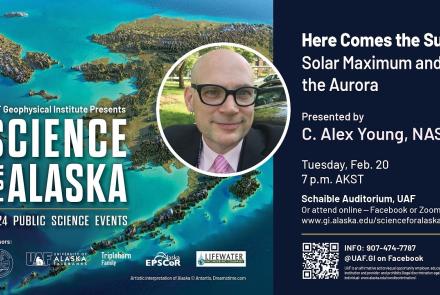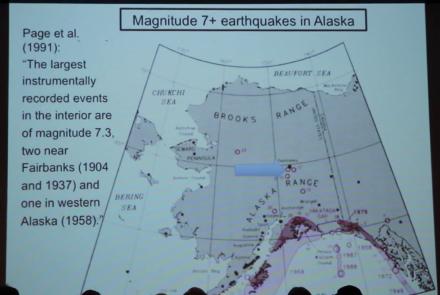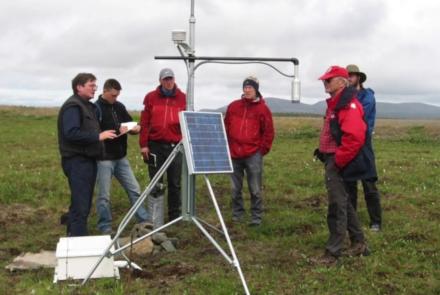Detecting Space-Debris Bullets
(Located in the Bunnell Building, 323 Tanana Loop. Nearby parking: Bunnell Building, Bursar's Office, and Usibelli Building. Parking is always free after 5 p.m. You can also join on Zoom: https://bit.ly/3Xl92ZR)

Research Professor
UAF - Geophysical Institute
NASA tracks over 27,000 pieces of space debris in low Earth orbit, but there are millions more pieces of space junk too small to track and which travel at speeds up to 15,000 miles per hour.
An impact of even a tiny piece of orbital debris with a spacecraft, also traveling at the same high speed, could create significant problems.
Satellites in low Earth orbit, 300 to 500 miles above the planet, are also at risk. That’s a potential problem for Alaskans and others living at high latitudes because Starlink and other multi-satellite constellations are proposed for remote internet links to those regions.
Now, for the first time, scientists from the University of Alaska and the University of Calgary have devised a new technique for identifying the location of space junk by measuring the electric fields that surround them while in motion.
Want to join virtually instead? Register on Zoom: https://bit.ly/3Xl92ZR
Learn more about Science for Alaska talks: https://www.gi.alaska.edu/events/science-for-alaska

